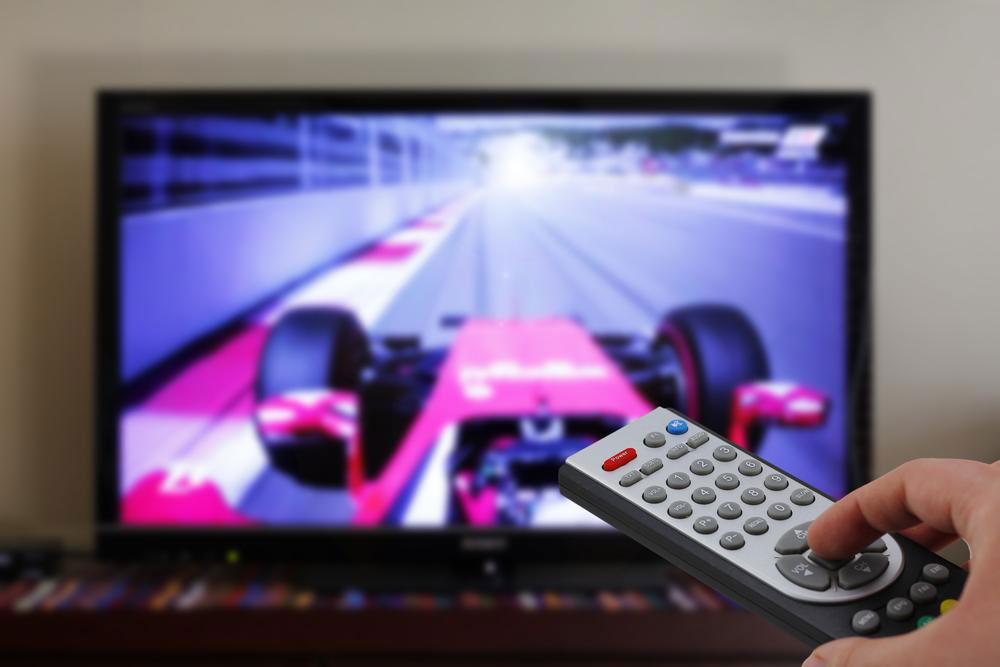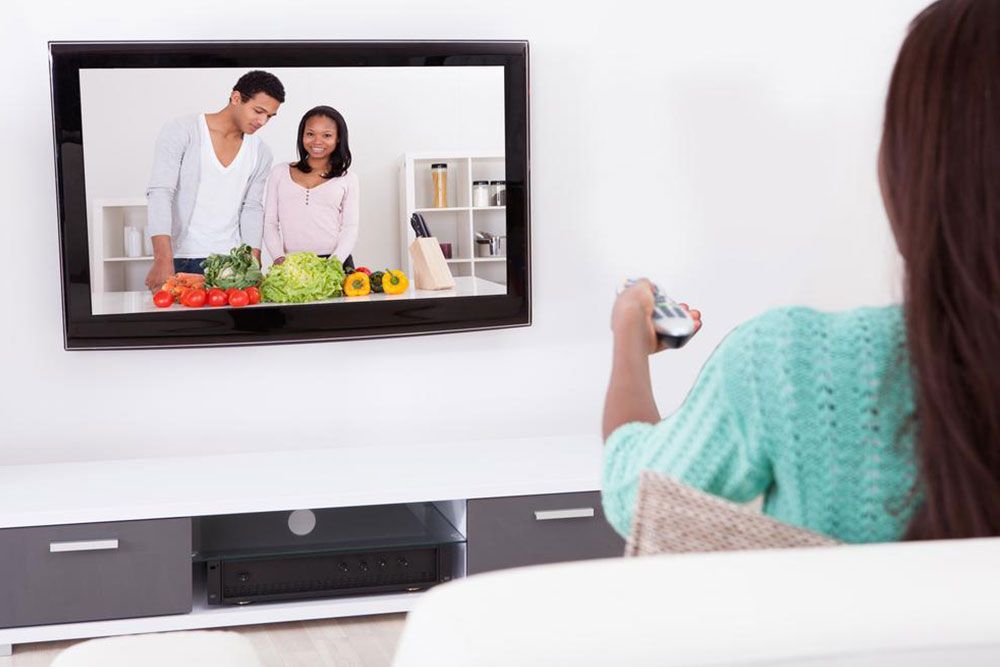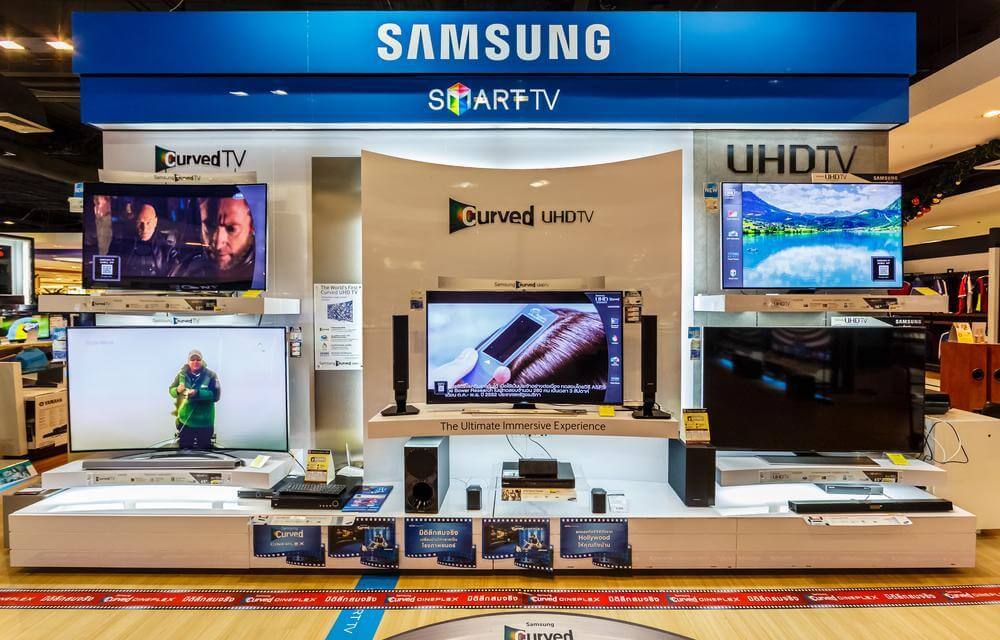Comprehensive Guide to Selecting the Ideal LCD Television for Your Home
Discover comprehensive tips for choosing the perfect LCD television, from placement and display technology to resolution and smart features. This guide helps you make an informed decision, ensuring your new TV fits your space, budget, and viewing preferences for an enhanced home entertainment experience.

Comprehensive Guide to Selecting the Ideal LCD Television for Your Home
In recent years, flat-screen televisions have revolutionized the way households experience entertainment. Once considered a luxury, LCD TVs have become an essential part of modern living rooms due to their sleek design, superior picture quality, and affordability. Over time, advancements in display technology have made LCD screens more accessible and feature-rich, offering viewers a diverse range of models to suit different needs and preferences.
Choosing the right LCD television requires careful consideration of several aspects to ensure you invest in a device that enhances your viewing experience while fitting your space and budget. Whether you're upgrading your current setup or buying your first flat-screen, understanding key factors like placement, display technology, resolution, viewing angles, and smart features will help you make an informed decision.
Optimizing Placement and Safety Considerations: Proper placement of your LCD TV is crucial to ensure safety, maximize viewing comfort, and prolong the lifespan of the device. You have options such as placing it on furniture like TV stands or mounting it securely on the wall. When deciding on placement, always consider safety factors — avoid spots near heat sources such as radiators or fireplaces to prevent damage. Adequate ventilation is important to prevent overheating, especially in enclosed spaces. For larger screens, stability becomes a concern; using proper mounts or sturdy furniture prevents tipping accidents. Wall mounting not only saves space but provides a clean, modern aesthetic, but ensure wall supports are strong enough to hold the weight of the TV.
Understanding Display Technologies and Variants: The core of selecting a suitable LCD TV lies in understanding the different display technologies available. Conventional LCD screens are illuminated by LED backlights, leading to options like LED TVs and the more advanced QLED TVs. LED (Light Emitting Diode) televisions use LED backlights to illuminate the LCD panel, providing bright images, energy efficiency, and slim profiles. QLED (Quantum Dot LED) technology incorporates quantum dot filters that enhance color accuracy, brightness, and contrast, offering richer visual experiences.
It's important not to confuse QLED with OLED technology, which uses organic compounds to emit light individually for each pixel, resulting in better contrast ratios and wider viewing angles. OLEDs tend to be more expensive and are often associated with premium models, whereas QLEDs offer great performance at a more affordable price point.
Resolution and Picture Clarity: The resolution determines the sharpness of the image displayed on your TV. When choosing an LCD TV, consider your viewing habits and the size of your room. Standard resolutions like 720p (HD) and 1080p (Full HD) are common and suitable for smaller screens or casual viewing. However, with larger screens, investing in higher resolutions such as 4K (Ultra HD) significantly improves picture clarity, detail, and overall experience. For those seeking cutting-edge visuals and future-proofing, 8K options are emerging, although they are more expensive and less common at the moment.
Deciding on resolution involves balancing your budget with desired picture quality. Remember that higher resolutions may require compatible content sources and devices to maximize benefits.
Viewing Angles and Room Layout: The layout of your room and typical viewing positions influence your choice of LCD TV. Traditional LCDs may have limited viewing angles, meaning the picture quality can diminish when viewing from the sides. Fortunately, newer models have improved wide-angle viewing capabilities, making them suitable for larger groups and varied seating arrangements.
Consider the distance between your seating area and the TV — optimal viewing distance varies based on screen size and resolution. For example, a 55-inch 4K TV can be comfortably viewed from approximately 4 to 8 feet away. Ensuring your room setup aligns with the TV’s viewing angles and size guarantees a comfortable and immersive experience.
Smart TV Features and Connectivity Options: The rise of smart technology has transformed traditional LCD TVs into versatile entertainment hubs. Smart LCD TVs come equipped with internet connectivity, allowing seamless access to streaming platforms such as Netflix, Hulu, Amazon Prime, and YouTube. These models enable browsing the web, installing apps, and even mirroring content from smartphones or tablets directly on the TV screen.
When selecting a smart TV, examine the user interface, compatibility with your existing devices, and the diversity of available apps. Advanced models also feature voice control, AI integration, and personalized content recommendations for a more intuitive user experience. Additionally, ensure the TV provides multiple HDMI ports, USB ports, and wireless connectivity options like Wi-Fi and Bluetooth for connecting external devices such as soundbars, gaming consoles, or media players.
While smart features add convenience and entertainment options, it’s also essential to consider the user-friendliness of the interface and system updates to ensure longevity and optimal performance.
Price Comparison, Warranty, and Additional Costs: Budgeting is a critical step in choosing an LCD television. Prices vary significantly based on brand, size, technology, and features. It’s advisable to compare options across different retailers, both online and brick-and-mortar stores, to find the best deals and seasonal discounts. Keep in mind that higher-end models with premium features may come with additional costs for accessories, installation, and maintenance.
Manufacturers often offer warranties that cover parts and labor for specific periods. When making a purchase, inquire about warranty coverage, service plans, and after-sales support. Proper installation, whether DIY or professional, can prevent damage and ensure safety. Also, consider the long-term costs, including electricity consumption, maintenance, and potential upgrades.
In conclusion, selecting the perfect LCD TV involves balancing technical specifications, room compatibility, smart features, and budget considerations. Taking the time to research, compare, and understand your specific needs will lead to a satisfying purchase that elevates your home entertainment experience.





